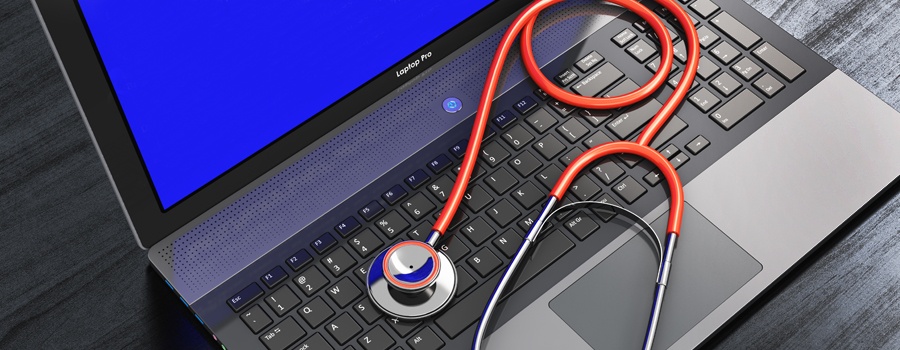Category: MVP
-

Physician Compensation Models in Light of Recent Stark Law Changes
by Kelli C. Fleming, Burr Forman On December 2, 2020, the Centers for Medicare and Medicaid Services (“CMS”) finalized sweeping changes to the federal Physician Self-Referral Law, commonly known as the Stark Law. At least one such change may materially impact how physician group practices allocate profits from Stark Law designated health services (“DHS”). Under…
-

CMS and OIG Issue Historic Revisions to the Federal Anti-Kickback Statute and Stark Law
By: Anthony Romano with Burr Forman On November 20, 2020, the Centers for Medicare & Medicaid Services and the Office of Inspector General of the Department of Health and Human Services issued two significant final rules to reform the Anti-Kickback Statute and Stark Law in an aim to reduce regulatory barriers to coordination of patient…
-

Lights, Camera, Action…No!
By: Kelli Carpenter Fleming, Esq. The Office for Civil Rights (“OCR”), the entity responsible for HIPAA compliance and enforcement, has issued a series of guidance documents regarding the interplay of HIPAA and the COVID-19 pandemic. The most recent guidance serves as a reminder to health care providers to follow the requirements of HIPAA when speaking…
-

Physician Burnout
BACKGROUND While employees in many professions report burnout, physicians appear uniquely susceptible and the consequences can be detrimental. Physicians are fifteen times more likely to suffer burnout than other professions and statistics indicate that at a given time…
-

Burnout Proof – Healing the Healers with Debbie Booher Kolb, M.D.
MADISON — According to a recent study by the Cleveland Clinic, more than one-third of physicians are in a silent battle with professional burnout. Physicians dealing with mental, emotional and physical exhaustion become less able to provide quality care to their patients and find themselves leaving the medical profession altogether…or worse. It’s the “or worse”…
-

How is Tax Reform Impacting Physician Practices?
The biggest U.S. tax reform since 1986 consists of major tax law changes that will affect everyone. The most significant change for corporations is a move from the graduated corporate tax rate structure to a flat rate. Although President Trump was originally fighting for the corporate rate to be reduced to 15 percent, lawmakers settled…
-

Cyber Security: Five Common Phish Attack Schemes
Hackers only need you, that’s right just you. They are sneaky and know the general population is busy and doesn’t pay close attention to the emails they receive. Hackers know people are comfortable in their daily habits. They exploit this behavior by creating email scenarios designed to encourage a click. They need just one person…
-

Medical Association Chooses PCIHIPAA to Help Benefit and Protect Its Members
MONTGOMERY – The Medical Association of the State of Alabama has partnered with PCIHIPAA to help protect its members from the onslaught of ransomware attacks, HIPAA violations and data breaches impacting Alabama physicians. Under HIPAA’s Security and Privacy Rules, health care providers are required to take proactive steps to protect sensitive patient information. “The Medical Association services more…
-

Are You a Medicare Provider Without an EHR?
You can still avoid the MIPS 4 percent penalty by participating this year! In 2017 the TEST portion of MIPS allows a provider to submit one Quality measure (previously known as PQRS) for less than a 90 day period to potentially avoid a 4 percent MIPS penalty (to be incurred in 2019) on Medicare Part…
-

A Physician is Leaving Your Practice – “Must Have” Employment Agreement Provisions (Part III)
Editor’s Note: The following is the final installment of a three-part series discussing important provisions in physician employment agreements. When a physician leaves a medical practice, especially if the physician stays in the area to compete against his/her former employer, the situation can become stressful and acrimonious. During the final weeks of employment, the departing…